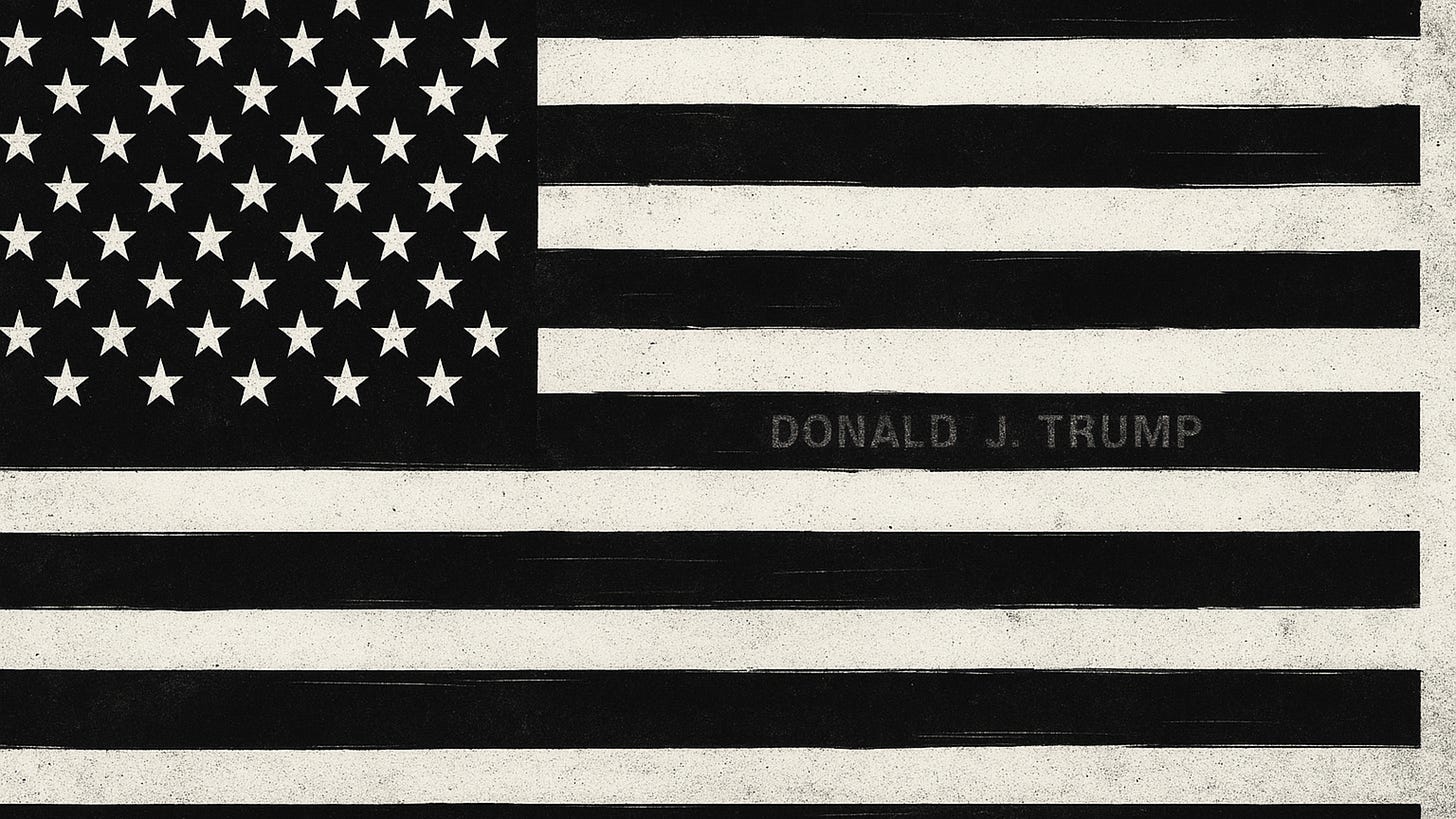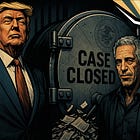Capture the Flag: The FBI’s Playbook for Protecting the Powerful
In this game, the rules are simple—shield the damning, spare the mighty, and let sunlight forfeit.
THERE ARE FEW SPECTACLES more revealing than the sudden, bureaucratic enthusiasm for secrecy, especially when it arrives wearing the tattered toga of justice. In the summer of 2025, the American public received a perfumed whiff of such enthusiasm from the Senate Judiciary Committee, where Senator Dick Durbin, the ranking Democrat and ostensible tribune of oversight, revealed a detail that would embarrass even the most practiced practitioner of political pretense. In March, over 1,000 FBI personnel were dispatched on round-the-clock shifts to comb through 100,000 records related to Jeffrey Epstein’s vast, unprosecuted trafficking empire, and—by direct order—flag every instance where the name “Donald J. Trump” appeared. In Washington, nothing is more sacred than the ability to manage guilt by committee.
One can almost picture the scene: a federal anthill suddenly electrified, agents blinking at their screens as a new directive flickers across the department’s arteries. The order’s utility is not, as some would prefer, to guarantee evenhanded scrutiny, but to ensure that what is discovered may be dealt with by methods as confidential as they are capricious. The archives, we are told, contain a trove of records—so voluminous as to render daylight a logistical impossibility. In the American argot, that very excess now carries the inverted promise of perpetual darkness.
Durbin’s letter does not indulge in feverish speculation; instead, it shoves the question of secrecy squarely into the procedural spotlight. He demands to know who gave the order to single out Trump’s name for special scrutiny, how those segregated records were then managed, and whether such institutional selectivity is a privilege reserved for former presidents or distributed with bipartisan largesse. The order exists, the process is documented, the outcome is, as always, lost in the procedural fog.
It is here that the true American genius for euphemism reveals itself. An operation of such scope—in the service of what: illumination or further burial? The culture of the flag, one suspects, has less to do with the national emblem than with the time-honored custom of planting one atop any embarrassing corpse before the public can identify the remains. What is described as transparency is, in the execution, a manual for the invisible hand of power, practiced in the black arts of redaction and procedural amputation.
The choice to isolate the President’s name for privileged review is not a bureaucratic reflex but a practiced mutation—perfected over generations of institutional self-preservation, from the Watergate plumbers’ devotion to “plausible deniability” to the Church Committee’s discoveries of file cabinets fat with secrets, each stamped with the imprimatur of “national security.” Privilege, in America, is not merely a right but a science: its laboratory is the archive, its experiment the fate of inconvenient evidence. Privilege too often protects its perpetrators, and in these hallowed halls, the science of self-protection is performed with white gloves and a paper trail.
Here lies the squalid genius of American power: evidence is not destroyed, but domesticated. It is identified, collated, stored, and if necessary, entombed—so that seeking the truth becomes just another bureaucratic checklist item, as unremarkable as an expense report. The artifice is so ingrained that the guardians of transparency now openly describe their own triage as an act of institutional hygiene, a cleanliness that invariably leaves the most toxic material hermetically sealed.
The architecture of secrecy extends beyond the walls of the archive and into the vaults of the republic’s accountants. Senator Ron Wyden, having excavated the fiscal substrata of the Epstein affair, revealed that the Trump administration sits atop a cache of 4,725 wire transfers—totaling nearly $1.1 billion—linked to a single Epstein bank account, with hundreds of millions more sluiced through others. The Department of Justice, presented with this ledger of potential abettors and accomplices, has seen fit neither to release nor to investigate these records. Here, too, the ritual is scrupulously rehearsed: transparency is performed as an audit, then shelved as a state secret. It is the marking of money, not names—a laundering of both cash and culpability.
No one in official Washington is naïve enough to believe that an order to flag the president’s name is evidence of institutional courage. It is, instead, a confession of institutional foreknowledge: that what is most incriminating is always what must be most meticulously managed. The liturgy of oversight now consists of public letters, gentle inquiries, and an ever-expanding glossary of equivocations. The result is ritualized absolution—the powerful preside over their own exoneration, treating the possibility of exposure as a technicality.
Thus the logic of American secrecy devours itself. Each new layer of “scrutiny” only thickens the bandage over the suppurating wound. The Senate inquires, the FBI complies, the archive absorbs, and the republic is left to contemplate an emptiness more damning than any single revelation: justice has become a rigged round of capture the flag, where the prize vanishes and the scoreboard always favors the house.





Sadly I suspect that the entrenched bureaucracy, now apparently having been fully combed and teased into a willing Trump comb over brigade, will ensure that no further detail emerges.
The fascist fix is in. The fascist DOJ and FBI will take care of Trump and NOT THE AMERICAN PEOPLE.